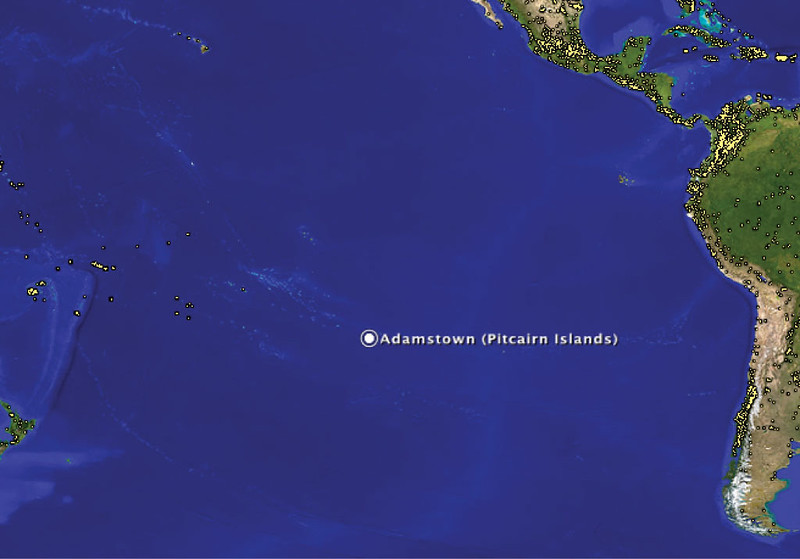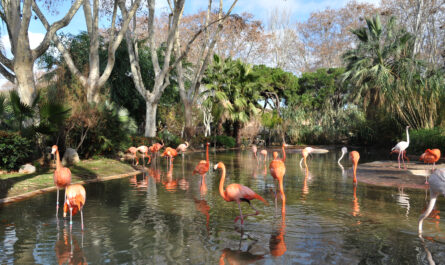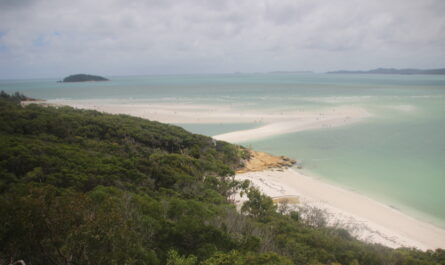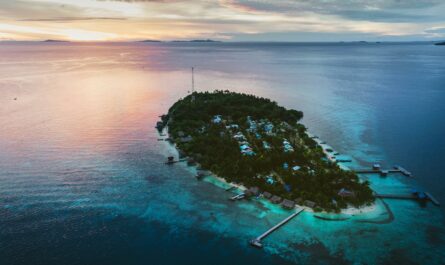Situated in the remote reaches of the South Pacific, Pitcairn Island offers a unique window into the world of extreme isolation and community resilience. This tiny island, part of a four-island group under British jurisdiction, is best known for its historical connection to the infamous mutiny on the HMS Bounty. Today, Pitcairn stands as a testament to the adaptability and determination of its small population.
This comprehensive exploration of Pitcairn Island delves into its geography, history, culture, day-to-day life, and the challenges faced by its inhabitants as they continue to thrive in one of the most secluded corners of the globe.
1. The Remote Geography of Pitcairn
A Place Far from Everywhere
Pitcairn Island is located in the southeastern Pacific Ocean, far from major continents or bustling urban centers. It lies approximately 2,170 kilometers from Tahiti and nearly 5,000 kilometers from New Zealand. Covering an area of just 4.6 square kilometers, Pitcairn is the only inhabited island in its archipelago, which includes Henderson, Ducie, and Oeno islands.
A Rugged Landscape
Pitcairn’s volcanic origins have given it a rugged topography characterized by steep cliffs, lush valleys, and craggy shorelines. The island’s interior is dominated by fertile soil, enabling limited agriculture, while its coastline features coves and rock formations carved by relentless ocean waves.
A Haven for Biodiversity
The island’s isolation has allowed unique species of flora and fauna to flourish. Birdlife is particularly abundant, with endemic species and migratory birds making Pitcairn an important ecological hotspot. The surrounding waters teem with marine life, including tropical fish, dolphins, and the occasional whale.
2. A Storied History: From Mutiny to Modern Times
The Mutiny on the HMS Bounty
Pitcairn’s most famous chapter began in 1789, when Fletcher Christian and fellow mutineers seized control of the HMS Bounty. Seeking a safe haven to avoid capture by British authorities, they arrived at Pitcairn Island in 1790, accompanied by Tahitian men and women.
A Settlement Founded in Secrecy
To conceal their location, the mutineers burned the Bounty in Bounty Bay. The early years of settlement were tumultuous, marked by conflicts among the group. Over time, the surviving settlers and their descendants established a functioning community.
The Island’s Evolution
Pitcairn became a British colony in 1838 and implemented progressive governance, including early suffrage for women. Despite its small size, the island gained international recognition for its unique heritage and culture.
3. Life in Isolation: The Pitcairn Community Today
Living on Pitcairn is unlike life anywhere else. With fewer than 50 residents, the island’s community depends on resourcefulness, cooperation, and a shared commitment to their unique way of life.
Housing and Infrastructure
- Homes: Traditional wooden houses dot the island, many built with stunning views of the ocean.
- Utilities: Solar power provides electricity, while rainwater catchment systems supply drinking water. Residents manage their resources carefully due to limited imports.
- Connectivity: Internet access is available via satellite, offering a vital link to the outside world, albeit with slower speeds.
Transportation
Accessing Pitcairn is a challenge. With no airport, visitors must rely on infrequent boat services from Tahiti. On the island, quad bikes are the primary mode of transport, navigating rugged trails that wind through the landscape.
Economic Activities
- Agriculture: Residents grow bananas, citrus fruits, and sweet potatoes to supplement their diet.
- Handicrafts: Carved wooden souvenirs, honey, and other artisanal goods are sold to tourists and online.
- Tourism: Visitors arriving by yacht or cruise ship provide an essential economic boost.
4. Cultural Life on Pitcairn
A Fusion of Traditions
The community’s culture blends Polynesian and British influences, reflecting the heritage of the original settlers. This unique combination is evident in the island’s language, music, and traditions.
Pitkern: The Local Language
Pitkern, a creole language derived from 18th-century English and Tahitian, is spoken alongside English. It is a key marker of the island’s identity and a living link to its history.
Festivals and Community Events
- Bounty Day: This annual celebration commemorates the arrival of the Bounty mutineers. Residents reenact historical events, enjoy communal feasts, and participate in games.
- Religious Observances: The Seventh-day Adventist Church plays a central role in community life, with weekly services and gatherings.
5. Challenges of Remote Living
While Pitcairn offers a tranquil and self-sufficient lifestyle, it is not without its difficulties.
Access and Supply Issues
Due to its remoteness, obtaining essential supplies is a logistical challenge. Shipments arrive only a few times a year, requiring careful planning and resource management.
Healthcare and Education
- Healthcare: A single nurse provides medical care, but serious emergencies require evacuation to New Zealand, which can take weeks.
- Education: The island’s school caters to a handful of children, with additional online resources connecting students to global learning opportunities.
Population Decline
Many young people leave the island in search of broader opportunities, leading to a steadily declining population. Efforts to attract new settlers have met limited success.
6. Conservation and Sustainability
Pitcairn’s community is deeply committed to protecting its environment and ensuring a sustainable future.
Marine Conservation
The Pitcairn Islands Marine Reserve, established in 2016, spans over 830,000 square kilometers. This protected area safeguards marine habitats, including coral reefs and deep-sea ecosystems.
Renewable Energy
Solar panels and wind turbines are gradually replacing diesel generators, reducing the island’s carbon footprint.
7. Tourism: A Vital Connection to the World
Though modest in scale, tourism plays a crucial role in Pitcairn’s economy and cultural exchange.
Visitor Experiences
- Historical Sites: Landmarks such as Christian’s Cave and Bounty Bay offer insights into the island’s past.
- Ecotourism: Hiking trails, birdwatching, and snorkeling attract nature enthusiasts.
- Cultural Immersion: Visitors can engage with residents through craft workshops and storytelling.
Challenges of Tourism
Pitcairn’s remoteness and limited infrastructure make it an exclusive destination. However, these same factors ensure an authentic and undisturbed experience for those who make the journey.
8. The Future of Pitcairn
As one of the world’s most isolated communities, Pitcairn faces a delicate balance between preserving its traditions and embracing modernization. Ongoing efforts focus on:
- Attracting Residents: Incentives for new settlers aim to bolster the population.
- Improving Connectivity: Enhanced internet access supports education, business, and healthcare.
Conclusion: A Unique Island Legacy
Pitcairn Island is more than a place—it is a testament to human resilience, ingenuity, and the enduring power of community. Despite its isolation, the island’s residents have created a vibrant and sustainable way of life that continues to inspire fascination and admiration.
By protecting its natural beauty, embracing its rich heritage, and adapting to modern challenges, Pitcairn remains a beacon of remote living and cultural preservation in the vast expanse of the Pacific.



